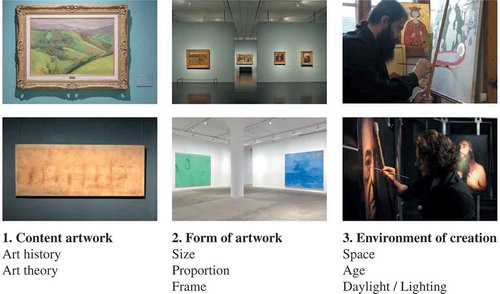Figures & data
Table 1. Characteristic properties (x) for the six types of display: (1) white cube, (2) minimalist accenting, (3) dramatic display, (4) black box, (5) hyperrealism, and (6) dynamism.
Fig. 1. The exhibition spaces as white cubes support the objective viewing of art. The uniform wallwashing does not differentiate between the art and the wall plane to give a generous spatial impression. Richard Nonas/Donald Judd exhibition in the Fergus McCaffrey gallery, New York. Photography: Edgar Zippel. © ERCO GmbH.
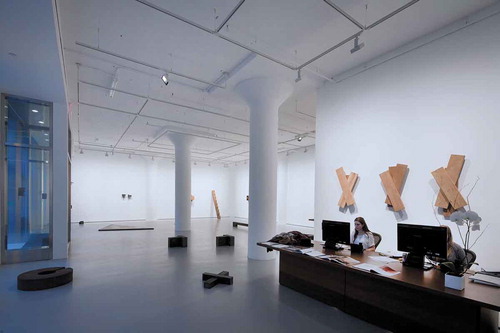
Fig. 2. Concept 1—White cube: Uniform spatial impression due to homogenous wallwashing. Rendering: Axel Groß. © ERCO GmbH.
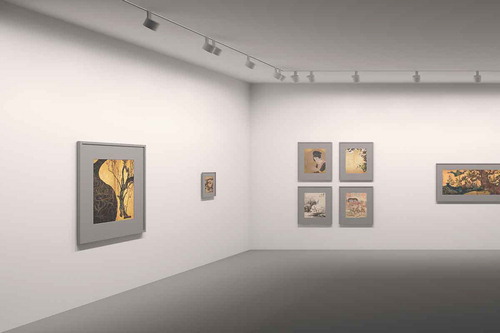
Fig. 3. Accent lighting at the Louvre Lens museum emphasizes the exhibits below the daylight ceiling in a very subtle way to create a peaceful atmosphere. Architecture: SANAA, Tokyo. Exhibition design: Studio Adrien Gardère. Museum lighting and installation: ACL Alexis Coussement. Lighting design: Arup, London. Photography: Iwan Baan. © ERCO GmbH.
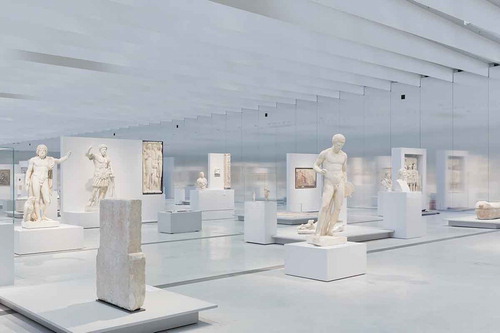
Fig. 4. The foreground achieves a harmonious relationship between the gold color and red wall while the artwork significantly distances itself from the wall in the background. Pinacoteca di Brera, Milan. Architecture: Alessandra Quarto/Angelo Rossi. Photography: Dirk Vogel. © ERCO GmbH.
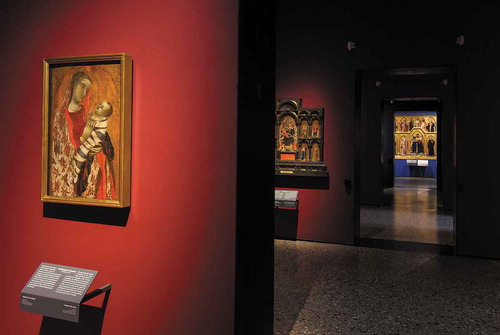
Fig. 5. Concept 2—Minimalist accenting: Subtle accenting via a combination of uniform wallwashing and dimmed accent lighting. The colored wall establishes an additional contrast with the warm-toned picture and red background. Rendering: Axel Groß. © ERCO GmbH.
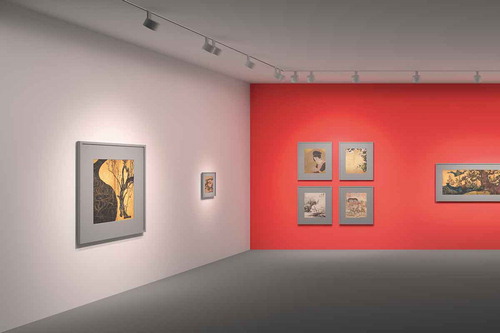
Fig. 6. The intensive play of light and shadow is reminiscent of a theater production with actors on the stage. Schweizerisches Nationalmuseum/Landesmuseum Zurich. Photography: Moritz Hillebrand. © ERCO GmbH.
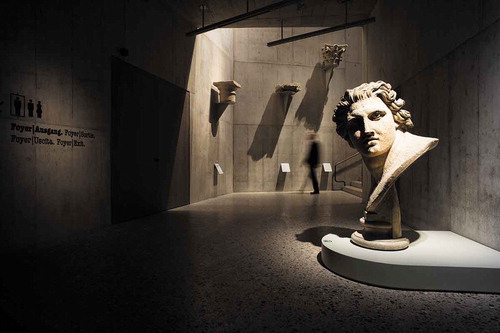
Fig. 7. Concept 3—Dramatic display: Intensive bright–dark contrast exclusively via accent lighting. The dark wall color emphasizes the bright–dark effect between the picture and its background. Rendering: Axel Groß. © ERCO GmbH.
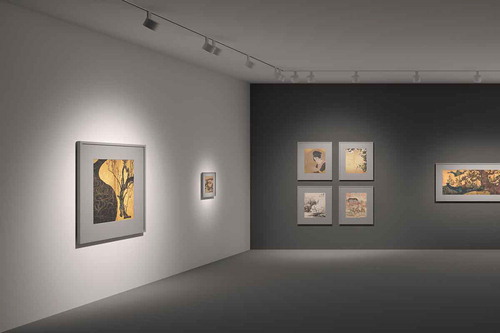
Fig. 8. Contour spotlights enable works of art to impressively illuminate from within. Hangaram Design Museum, the Seoul Arts Center, Seoul. Photography: Sebastian Mayer. © ERCO GmbH.

Fig. 9. Concept 4—Black box: Display of artworks with projection spotlights that only illuminate the picture surface via their crisp beam contours. The pictures seem to illuminate from within because both the picture frames and the room lie in darkness. Rendering: Axel Groß. © ERCO GmbH.

Fig. 10. The British artist Matthew Penn classifies his works as hyperrealistic, highlighting gradations in brightness using several contour spotlights for each work. Photography: Matthew Penn. © Matthew Penn.
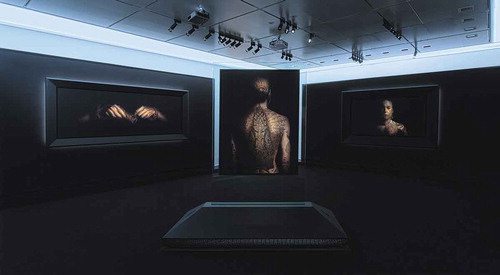
Fig. 11. Concept 5—Hyperrealism: Display of pictures via very narrow accent lighting on parts of two pictures (painting on the left and painting at top left on the rear wall) as a supplement to accent lighting for the individual paintings. The spectra of the two outer accent spotlights differ from the others and intensify the warm colors of the painting to achieve a sense of hyperrealism. Rendering: Axel Groß. © ERCO GmbH.
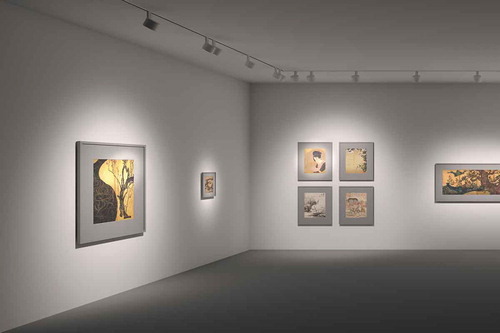
Fig. 12. Varying the brightness and light color creates dynamic light with a pulsating atmosphere for celebrating the experience of culture. MAMUZ Living Museum for Prehistory, Schloss Asparn/Zaya, Asparn an der Zaya. Exhibition architecture: Atelier Christoph Cremer, Vienna. Photography: Gustavo Allidi Bernasconi. © ERCO GmbH.
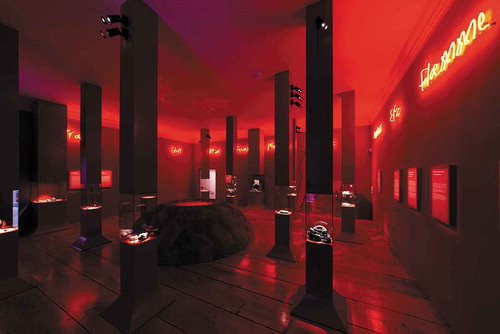
Fig. 13. Concept 6—Dynamism: A combination of projection spotlights for the individual paintings with uniform blue wallwashing. The crisp-contoured accent lighting enables good color rendering of the paintings. Rendering: Axel Groß. © ERCO GmbH.
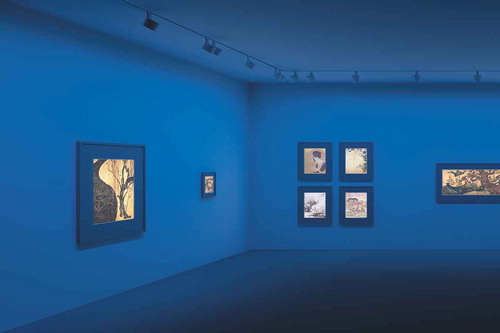
Table 2. Overview of the methods of display with regard to effect on the artwork, atmosphere of the room, and lighting design.

